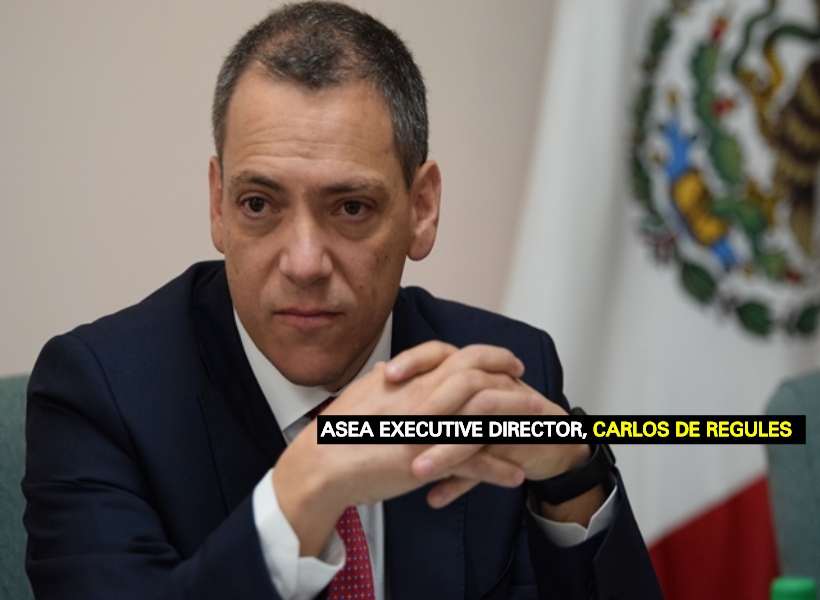Environmental Impact Assessments (EIAs) have become standard tools which assist industry regulators in assessing the implications of a project.
“But the findings of this tool must be tied to approval. Otherwise, why is it part of your system?”
This advice was passed on to Guyanese officials who are currently receiving training from Mexican Oil and Gas regulators. During an exclusive interview with the Guyana Standard today, Director of the Agency for Security, Energy and the Environment (ASEA), Carlos De Regules said that local officials were reminded of the importance of EIAs. He said that they are also being trained on how to use this tool properly.
“We also told your people that they must find some way to ensure that penalties are put in place for authorities who give approval for a project to go forward in spite of the troubling findings that are in an EIA. In Mexico, I can be sentenced to jail for doing that, have all my assets seized too,” the ASEA Director shared.
Further to this, the Director said that Guyanese officials were taught about the technicalities of EIAs as well as the fundamentals they should look for when determining the short-term and long-term impacts and risks, including direct impacts (such as those the project would have on neighboring communities and countries); indirect impacts; cumulative impacts; trans-boundary impacts; (such as from air emissions); and global impacts (such as from GHG emissions).
Regules said that these impacts are identified through all stages of the planned project which he said includes predevelopment, development, production, abandonment, or closure and post-closure.
He said, “We are also sharing with these Guyanese officials, tips on how to use some of our tools such as the Environmental Impact Management Plans (EIMPs) and the Biodiversity Action Plans, against which an oil company will be audited for legal compliance.”
Regules explained that the EIMP tool is important since it speaks to the conditions under which an operator will legally be allowed to proceed.













